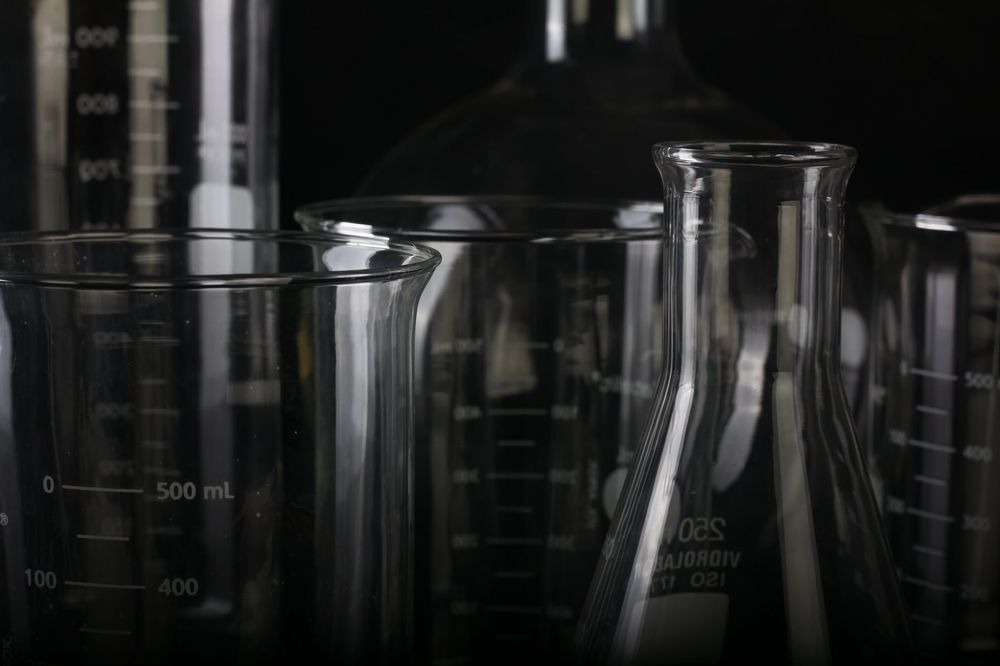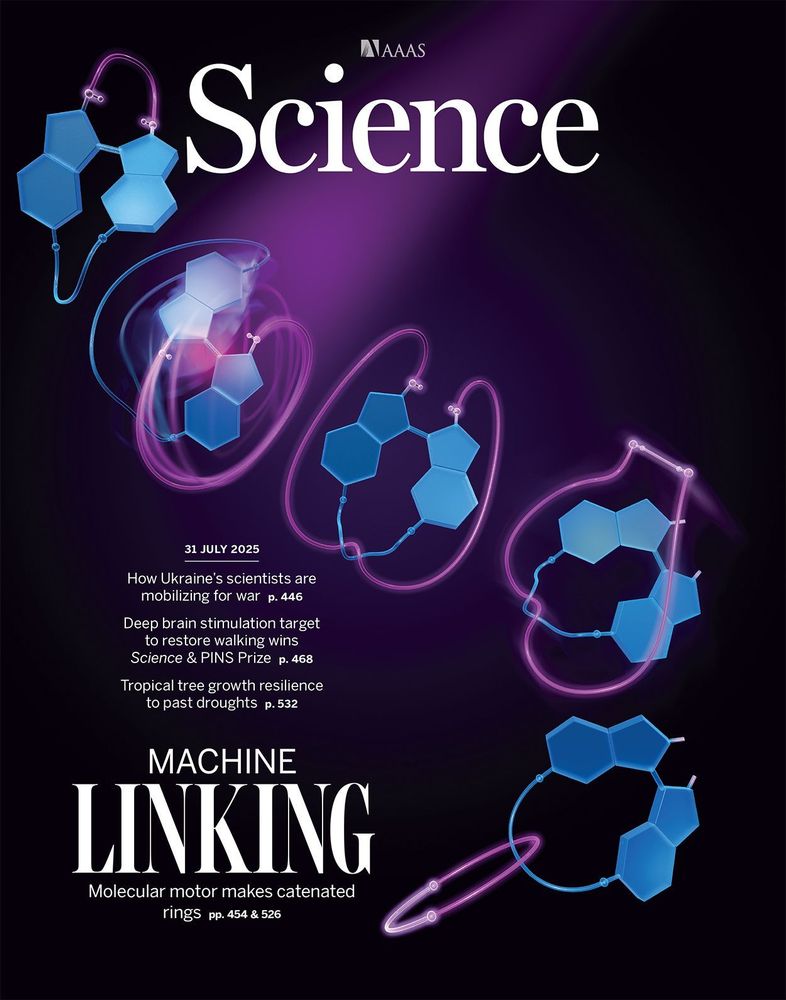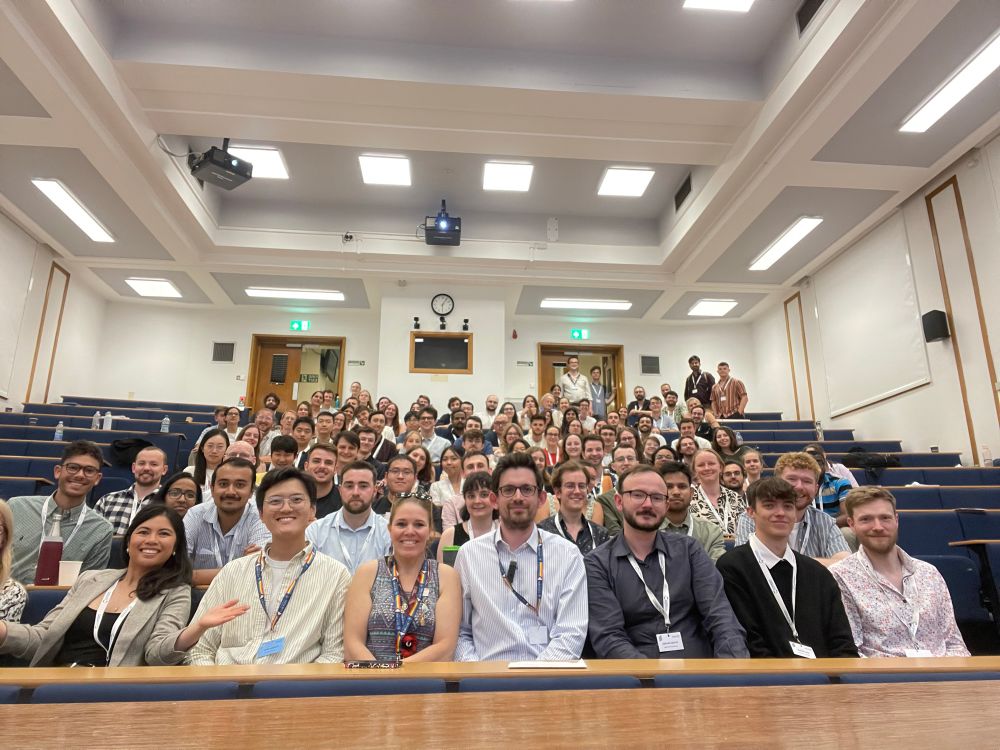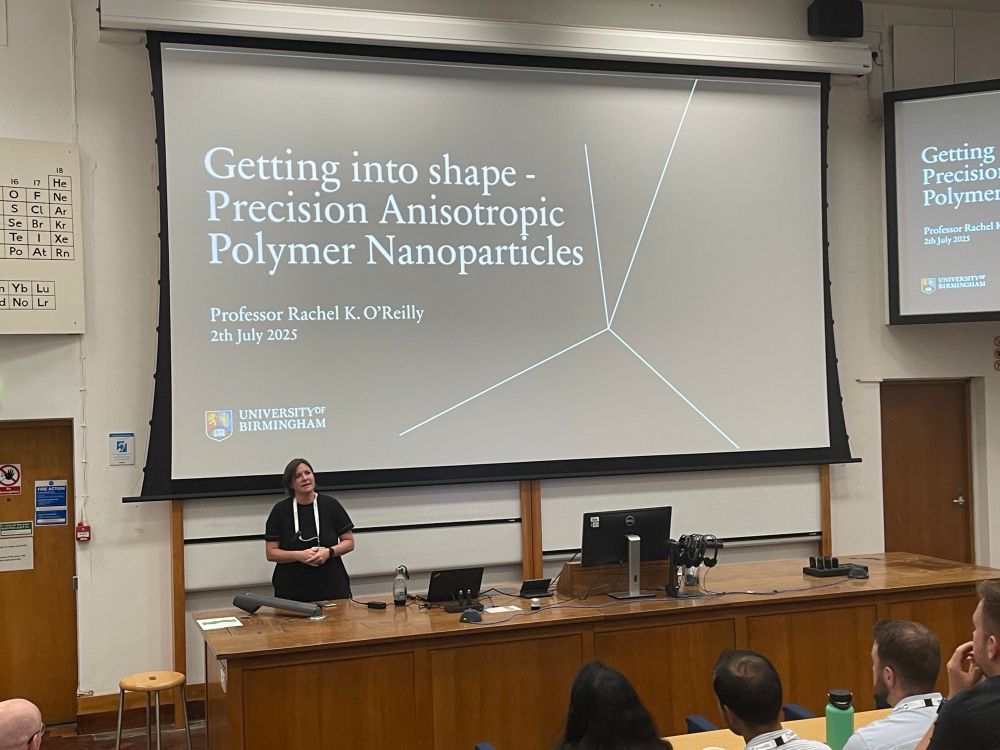Posts
Media
Videos
Starter Packs
Reposted by Steve Goldup
Steve Goldup
@sgoldup.bsky.social
· Sep 1
Steve Goldup
@sgoldup.bsky.social
· Aug 29
Reposted by Steve Goldup
Reposted by Steve Goldup
Reposted by Steve Goldup
Andreas Walther
@waltherlab.bsky.social
· Aug 14
Reposted by Steve Goldup
RSC MASC
@rsc-masc.bsky.social
· Aug 6
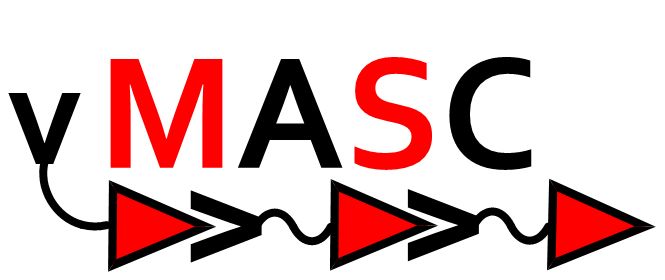
vMASC Call to volunteer for the vMASC committee
vMASC: Expression of interest to volunteer for the vMASC committee The organising committee of the virtual Macrocyclic and Supramolecular Chemistry We are inviting members of the vMASC community to…
mascgroup.co.uk
Reposted by Steve Goldup
Reposted by Steve Goldup
Reposted by Steve Goldup
Reposted by Steve Goldup
Steve Goldup
@sgoldup.bsky.social
· Jun 30

The End of the Beginning of Mechanical Stereochemistry
ConspectusStereochemistry has played a key role in the development of synthetic chemistry for the simple reason that the function and properties of most molecules, from medicine to materials science, depend on their shape and thus the stereoisomer used. However, despite the potential for rotaxanes and catenanes to display unusual forms of stereochemistry being identified as early as 1961, this aspect of the mechanical bond remained underexplored and underexploited; until 2014 it was only possible to access chiral rotaxanes and catenanes whose stereoisomerism is solely attributable to the mechanical bond using chiral stationary phase high performance liquid chromatography, which limited their production on scale and thus inhibited the investigation of their properties and applications. Furthermore, the stereogenic units of such molecules and analogues were often poorly described, which made it hard to fully articulate both what had been achieved in the field and what problems were left to solve. Relatively recently, methods to access rotaxanes and catenanes that display mechanical stereochemistry selectively have been developed, making these intriguing structures available for study in a range of prototypical applications including catalysis, sensing, and as chiral luminophores.In this Account, we briefly discuss the history of mechanical stereochemistry, beginning in 1961 when the potential for mechanical stereoisomerism was first identified, before defining how mechanical stereochemistry arises from a structural point of view. Building on this, using simple stereochemical arguments, we confirm that the complete set of unique stereogenic units of two-component rotaxanes and catenanes have finally been identified and categorized unambiguously, with the last being identified only in 2024. After pausing to discuss some of the stereochemical curiosities that arise when molecules contain both covalent and mechanical stereogenic units, and the potential for stereoisomerism to arise due to co-conformational movement, we use our stereochemical framework to summarize our efforts to develop conceptually general approaches to [2]catenanes and [2]rotaxanes containing all of the possible mechanical stereogenic units. In particular, we highlight how the nature of a mechanical stereogenic unit affects the available strategies for their stereoselective synthesis. We finish by highlighting recent prototypical chemical applications of interlocked molecules that rely on their mechanical stereochemistry, before discussing future directions and challenges.Taken together, we propose that the transition of such molecules from being hard to make and poorly described, to being available in high stereopurity using clearly articulated methodological and stereochemical concepts suggests that the field is finally maturing. Thus, we are now coming to the end of the beginning of mechanical stereochemistry. The stage is now set for such molecules to play a functional role in a range of areas, indeed in any chemical or physical application where control over molecular shape is required.
doi.org
Steve Goldup
@sgoldup.bsky.social
· Jun 30

An Efficient Approach to Mechanically Planar Chiral Rotaxanes
We describe the first method for production of mechanically planar chiral rotaxanes in excellent enantiopurity without the use of chiral separation techniques and, for the first time, unambiguously as...
dx.doi.org
Steve Goldup
@sgoldup.bsky.social
· Jun 27
Reposted by Steve Goldup
Anna Slater
@annagslater.bsky.social
· Jun 27
Reposted by Steve Goldup
Barry Blight
@barryblight.bsky.social
· Jun 27




